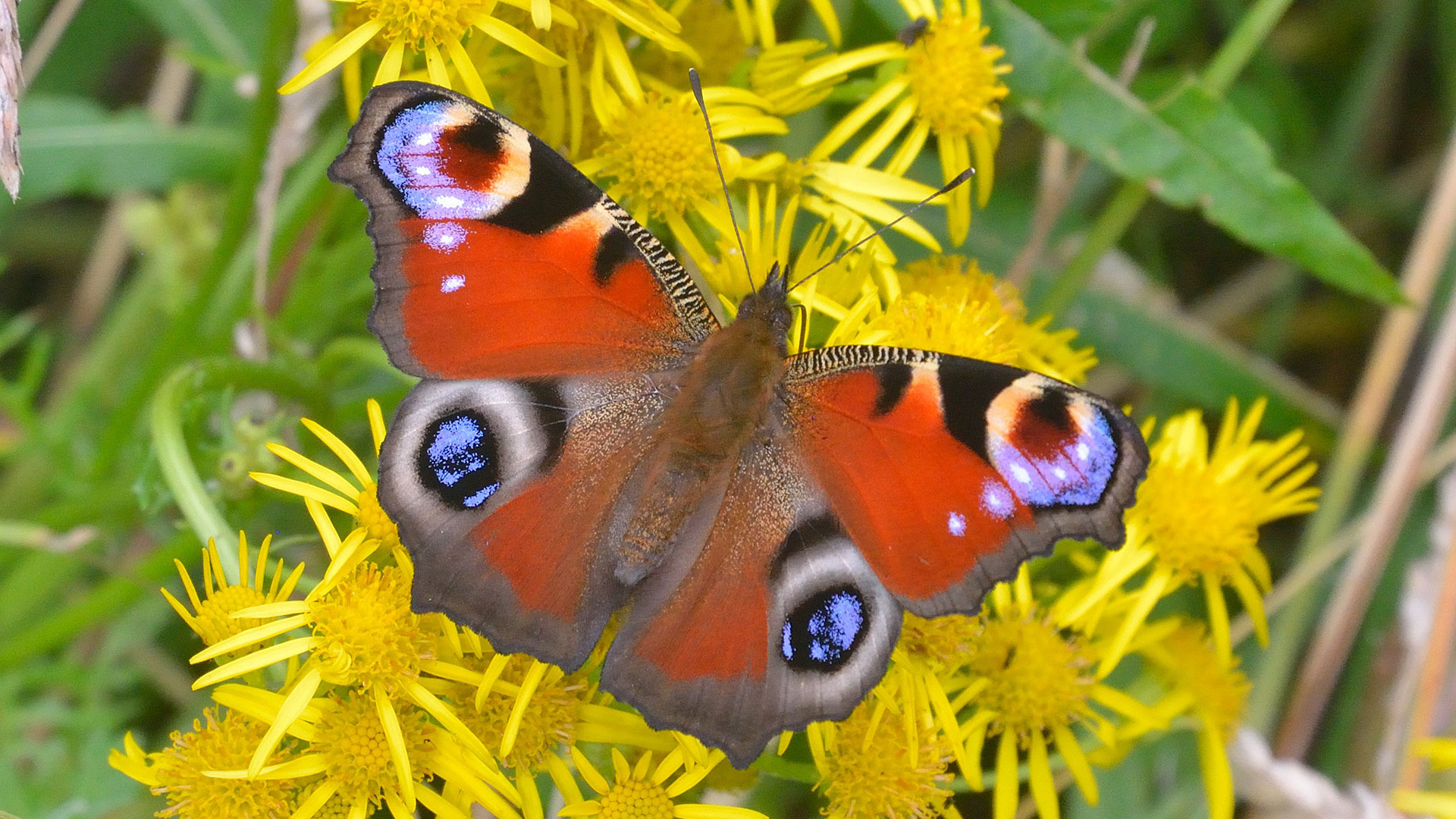The use of neonicotinoid pesticides or ‘neonics’ threatens our butterflies, moths, and bees as well as countless other insects and wildlife. However, for the fourth year in a row, there has been an application to Defra for “emergency” use of a banned neonicotinoid pesticide for the sugar beet crop in England. This application must be refused, but we need your help to make sure this happens.
Join the call for UK Farming Minister, Mark Spencer, to say no to neonics and yes to healthy wildlife!
Why are neonics being used?
In 2018, the government supported new rules which prohibit the outdoor use of three neonicotinoids used in arable farming but made it clear that it could consider emergency authorisations in special circumstances.
Sugar beet is at risk from Virus Yellows (VY) which is carried by aphids. Sugar beet infected with VY can be reduced in size, have a lower sugar content and more impurities. This leads to a lower overall yield of sugar from the crop. Neonics are applied as a seed coating to sugar beet to combat the impacts of VY.
In 2020, a year in which no neonicotinoid seed treatments were licensed, Defra say that 25% of the English sugar beet crop was lost. However, the incidence of VY is very variable from year to year, and the model used to predict its incidence for future years has been variable in its accuracy.
In August 2020, British Sugar pleaded for “no more than three years… to give us time to develop alternatives to the seed treatments” and for the last 3 years an application has been made, and granted, for use of neonics on sugar beet. But time is now up.
How do neonics impact butterflies and moths?
The damage neonicotinoids have on butterfly populations is already documented. A 2015 study published by researchers from the Universities of Stirling and Sussex, the Centre for Hydrology (CEH) and Butterfly Conservation, showed neonicotinoid use on farmland led to declines in butterfly numbers. Other studies have shown even low rates of neonicotinoid contamination could have serious negative impacts on the health and behaviour of bees.
Neonicotinoids work by permanently binding to the nerve cell of insects, overstimulating and destroying them. Exposed insects often show uncontrollable shaking and twitching followed by paralysis before eventually dying. Neonics affect all insects they come into contact with – both the beneficial pollinators like butterflies and moths as well as pest species.
Dr Nigel Bourn, Chief Scientist at Butterfly Conservation, said: “Where the pesticide is applied as a seed coating, as is often the case when used in agriculture, it becomes systemic within the plant. However, evidence suggests that the pesticide neither stays within the target plant, nor is restricted to the target aphid species. Whilst butterflies are not generally found in cropped fields, the pesticides are being taken up by wild plants growing in field margins. Both adult butterflies and moths are therefore drinking contaminated nectar and caterpillars feeding on contaminated plant tissues in the very field margins we have been encouraging and even paying farmers to create and manage for wildlife for years.”
Do we know the impact of previous emergency authorisations?
The Pesticide Collaboration recently had a meeting with Defra officials to talk about the future of neonic use. In preparation for the meeting, a Freedom of Information (FoI) request was submitted asking for information on monitoring of the impacts on the environment and both the short-term and long-term costs of the authorisations. The request was rejected on the grounds that it was ‘unreasonable’ and that the public interest in maintaining the emergency authorisations outweighed the public interest in disclosing the information.
Matt Shardlow, CEO of Buglife said: “Despite allowing the use of a banned neonicotinoid for three years, DEFRA are unable to provide any evidence of the resulting levels of the chemical in the environment, the impacts on wildlife, the application or enforcement of mitigation measures, or the costs of the derogation.”
Are there any alternatives?
Yes! In any year, 30% of sugar beet farmers choose not to use neonics even when they are allowed to do so. Integrated Pest Management is a recognised ecosystem-based strategy that focuses on long term prevention of pests through biological control, habitat manipulation and changing management practices. The development of virus resistant cultivars of sugar beet has already produced some viable options. But if emergency authorisations continue, there is little incentive to invest in these alternatives and farmers who want to move away from butterfly-killing pesticides are discouraged from doing so. The government and sugar industry need to make good on transitioning to nature-friendly farming so that farmers don’t need to choose between farming and nature.
What can we do?
Join the call for the Minister of State for Food, Farming and Fisheries, Mark Spencer, to reject the latest request for emergency use of neonics next year and uphold the current Government's commitments to protect nature, to reduce the impact of pesticides and to champion nature-friendly farming.


